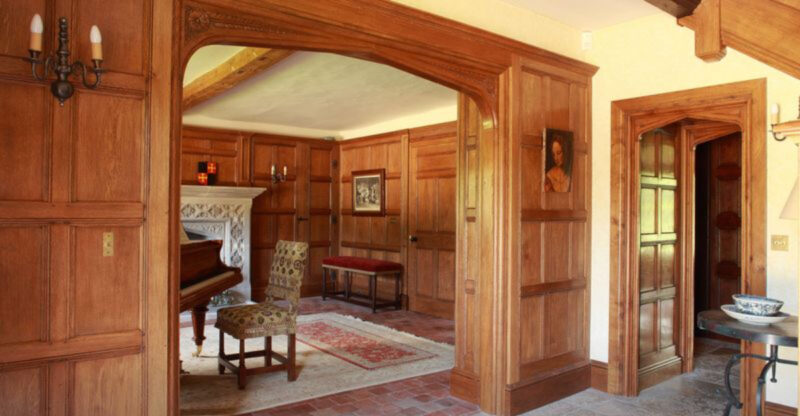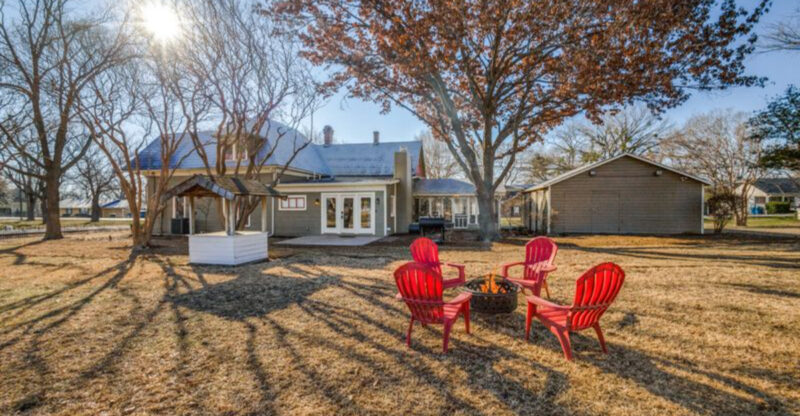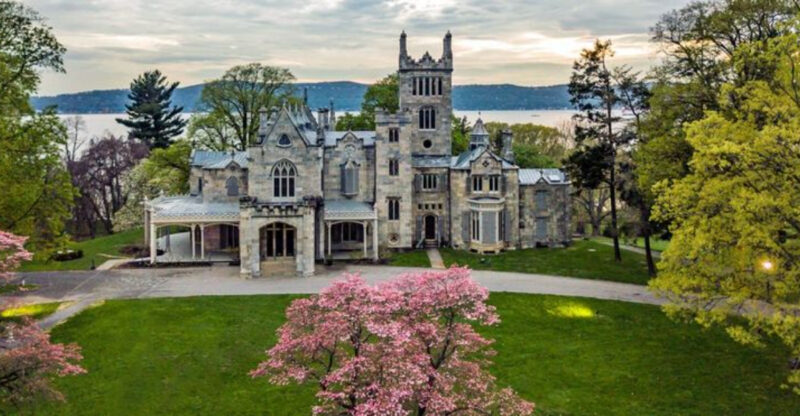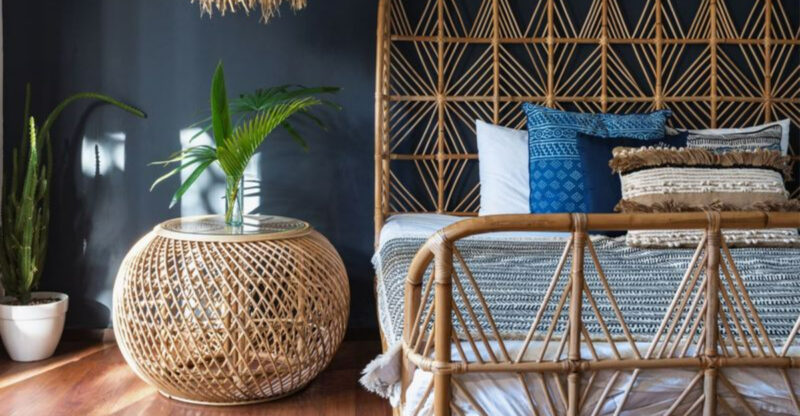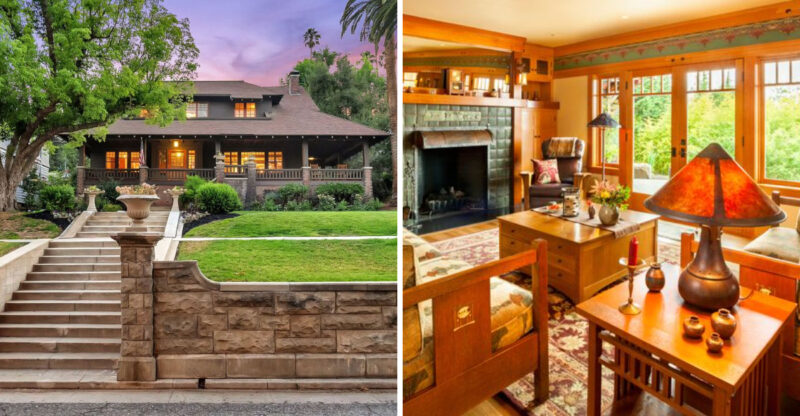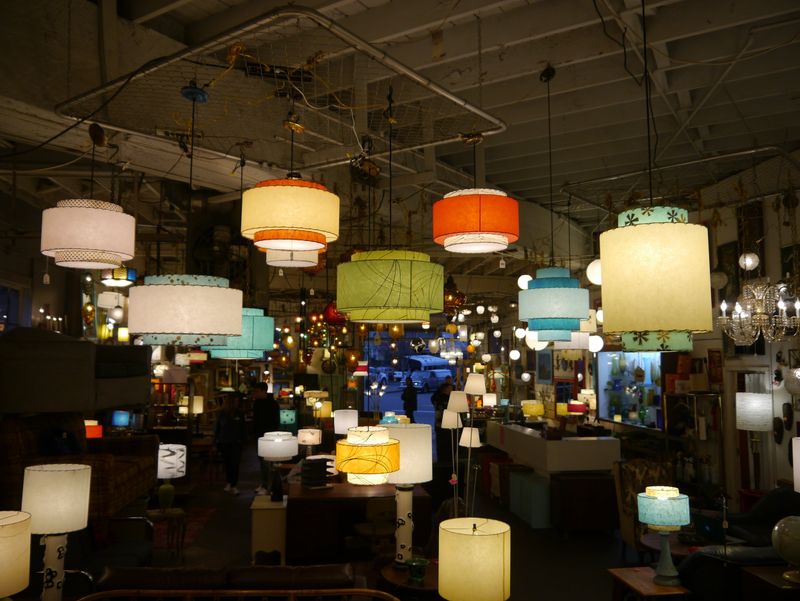8 Rarely Seen Photos Of Stylish 1930s Homes Across The USA
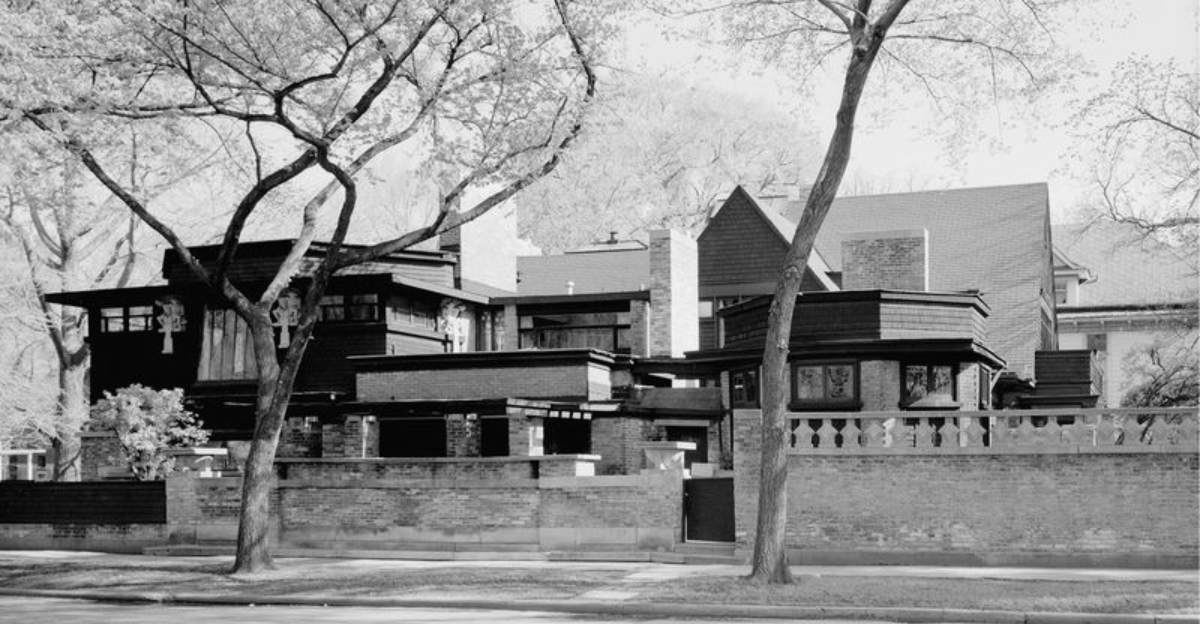
The 1930s brought unique architectural styles to American homes despite the Great Depression. Families wanted comfort and style even in hard times, leading to distinctive designs across the country.
These rarely seen photos showcase the charm and character of homes that defined an era of American resilience and creativity.
1. Grey Gardens Grandeur In East Hampton
Once home to eccentric relatives of Jackie Kennedy, Grey Gardens stands as a testament to 1930s Hamptons luxury. The sprawling estate features classic Colonial Revival elements with shingle siding and multiple chimneys.
Restored from near ruin, this iconic property showcases the elegant proportions and formal gardens that wealthy Americans desired during the Depression era. Its history of glamour and decay makes it particularly fascinating.
2. Streamlined Dreams In Los Angeles
Rounded corners and nautical-inspired elements define this Los Angeles Streamline Moderne masterpiece. Architects borrowed design cues from ocean liners and airplanes, creating homes that looked like they might take flight at any moment.
Horizontal lines, flat roofs, and smooth white exteriors characterized these forward-thinking dwellings. Glass block windows and chrome details added to the futuristic feel that captivated homeowners seeking escape from traditional styles.
3. Storybook Tudor In Alameda
Whimsical and romantic, this Alameda Tudor Revival cottage seems plucked from a fairy tale. Steep rooflines and decorative half-timbering create a distinctly medieval appearance despite its relatively modern construction.
Inside, arched doorways and leaded glass windows continue the old-world charm. These homes represented Americans’ desire for homes with European character and craftsmanship during an era when many couldn’t travel abroad.
4. Miami’s Pastel Art Deco Gem
Bursting with tropical flair, this Miami Beach townhouse exemplifies the playful side of Art Deco design. Geometric patterns and bold symmetrical details adorn the façade, while pastel colors reflect the beachside setting.
Built for year-round comfort in the Florida heat, these homes featured “eyebrow” overhangs above windows and open floor plans to maximize airflow. The design perfectly balances decorative exuberance with practical considerations for coastal living.
5. Denver’s Depression-Era Simplicity
Emerging from economic necessity, this Minimal Traditional bungalow in Denver represents practical American ingenuity. Simpler than earlier bungalows but retaining modest charm, these homes helped families achieve homeownership during challenging times.
Low-pitched roofs with minimal eaves saved on materials, while basic rectangular layouts maximized interior space. Though modest, thoughtful details like shutters and small covered porches added character to these affordable dwellings.
6. Richmond’s Stately Colonial Revival
Symmetry reigns supreme in this dignified Richmond home. Red brick exterior and white columns evoke America’s founding architecture, reflecting a desire for stability during uncertain times.
Perfectly balanced windows flank the centered front door, topped by a decorative pediment. These homes appealed to Americans seeking connection to the nation’s past while incorporating modern conveniences like updated kitchens and attached garages.
7. Providence’s Cozy Cape Cod
Compact yet charming, this Providence Cape Cod cottage exemplifies practical New England design. The steep roof accommodated harsh winters, while the central chimney efficiently heated multiple rooms from a single source.
Dormers added usable space to the half-story upper level, typically housing bedrooms. These homes gained tremendous popularity during the 1930s for their affordability and adaptability, often starting small with plans for future expansion as families grew.
8. Prairie Influence In Des Moines
Frank Lloyd Wright’s Prairie School ideas live on in this horizontal Des Moines beauty. Wide eaves extend dramatically over windows, creating distinctive shadow lines across the façade throughout the day.
Built-in planters and geometric stained glass showcase the integration of architecture with nature. Though pure Prairie Style peaked earlier, these 1930s interpretations maintained the low-slung silhouette while incorporating more traditional elements for mainstream appeal.

